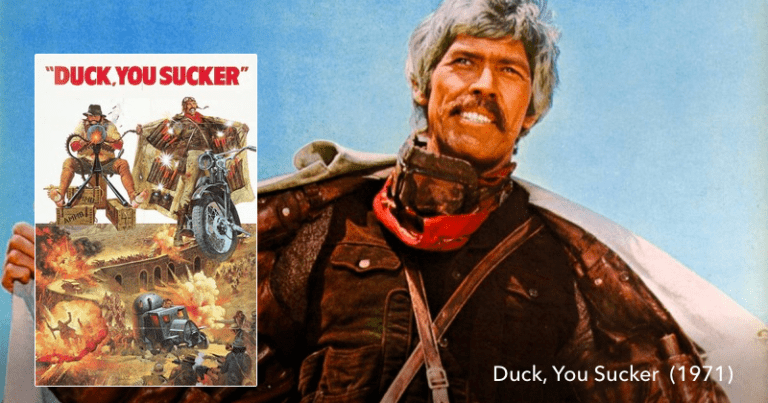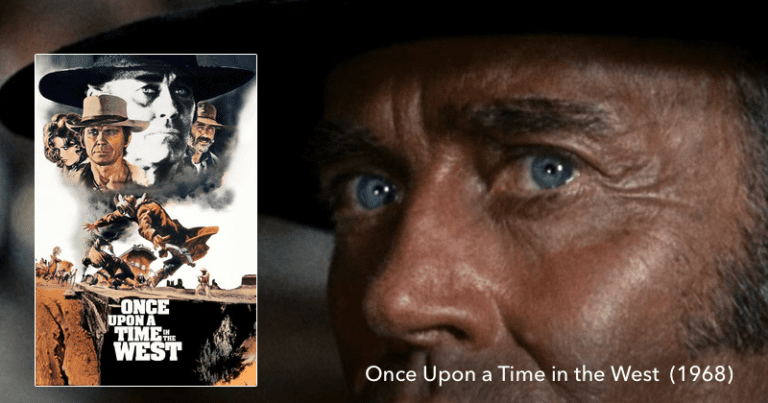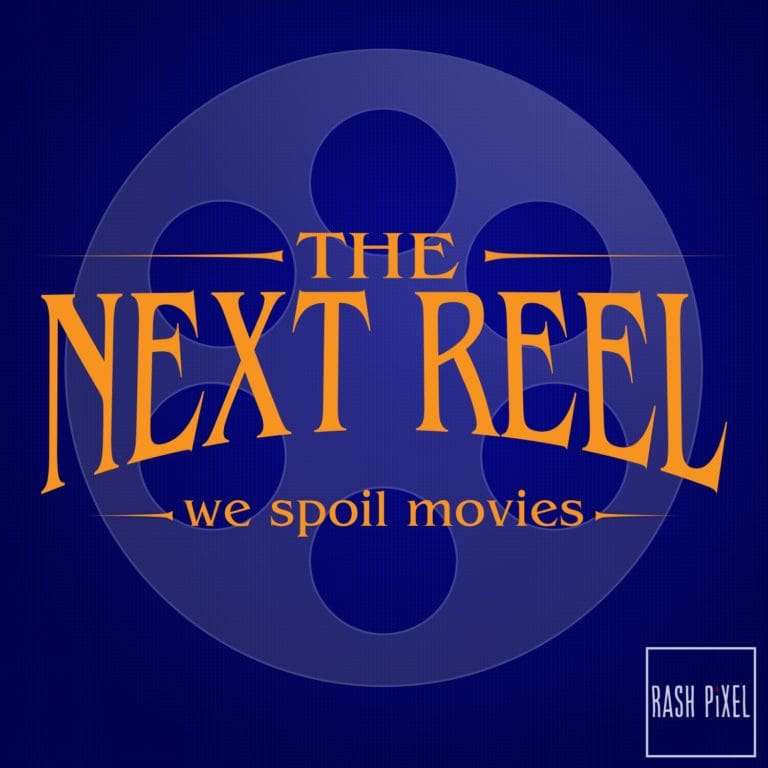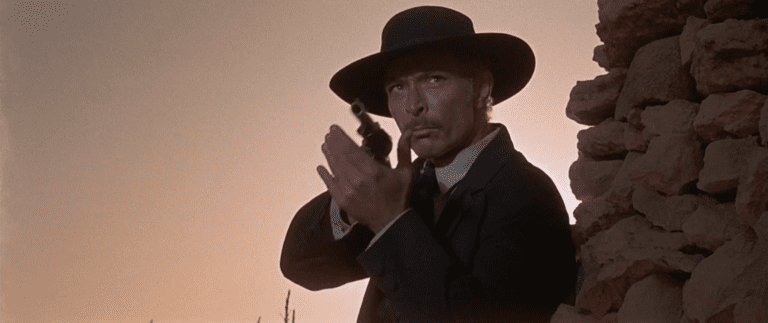
Once Upon A Time In America
Does Leone’s final film need to be this long? How does the story feel compared to his other films? Is this one of Ennio Morricone’s best scores? Tune in to this week’s shows to get these answers and more.
Discover the remarkable film directors featured on TruStory FM’s entertainment podcasts. Learn about their creative journeys and lasting contributions to cinema through each of these archive episodes.

Does Leone’s final film need to be this long? How does the story feel compared to his other films? Is this one of Ennio Morricone’s best scores? Tune in to this week’s shows to get these answers and more.

How does this film fit thematically with the other Once Upon a Time films? How are Rod Steiger and James Coburn in the film? And have you ever seen such disgusting, ugly eating? Tune in to this week’s show to get the answers to these questions and more.

Does Leone’s fourth western stand up to his earlier trilogy? How is Henry Fonda as the baddie? Can Leone handle a woman being one of the main characters? Tune in to this week’s show to hear these answers and more.

The last of Leone’s ‘Man with no name’ trilogy is the longest and considered by many to be the best. By the time he made it, he was a much more assured and mature storyteller. And it shows. Join us — Pete Wright and Andy Nelson — as we finish the trilogy with 1966’s “The Good, the Bad and the Ugly.”

Sergio Leone continued building on the mythos that he and Clint Eastwood had created in “A Fistful of Dollars” with the follow-up, “For a Few Dollars More,” and it is in this film that Eastwood really developed so many of the tropes that he would continue using throughout his career. The squinting, silent gazes he’d give before gunning someone down. The one-liners. And for Eastwood’s other westerns, a defined look. Join us — Pete Wright and Andy Nelson — as we continue our misnamed Man With No Name trilogy series and talk about Eastwood in his second film with Leone, 1965’s “For a Few Dollars More.’

Spaghetti Westerns didn’t completely begin with Sergio Leone’s 1964 film “A Fistful of Dollars,” but his film certainly set a new bar — and created an international audience — for these films. This film revitalized a genre that had been slowly dying by getting rid of the black hat/white hat type of story that instead focused on characters who had a lot more gray in them. And this film is really the film that set Leone on his way to making the types of films he’d continue making throughout his career. Join us — Pete Wright and Andy Nelson — as we start our Man With No Name Trilogy series with a conversation about “A Fistful of Dollars.”